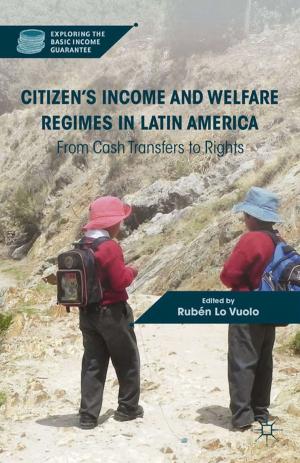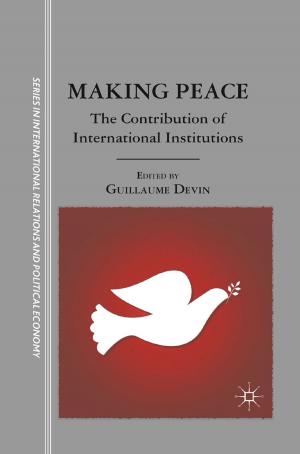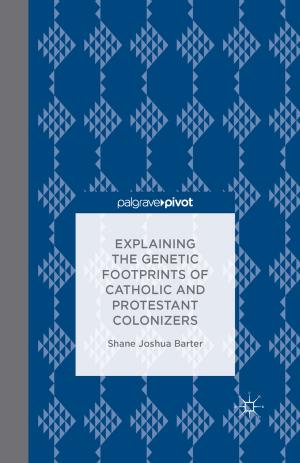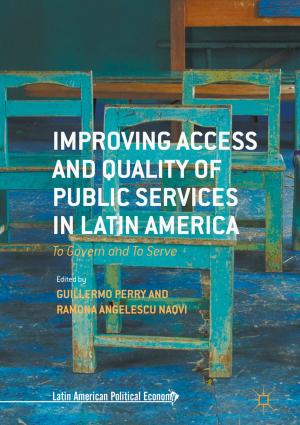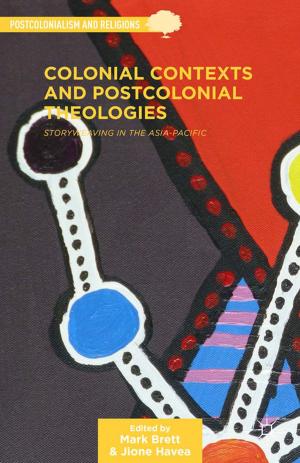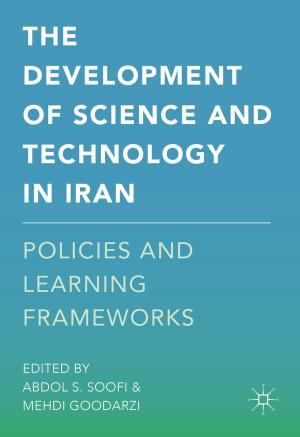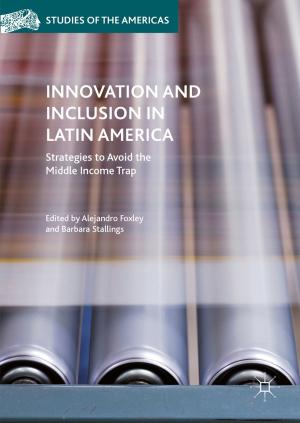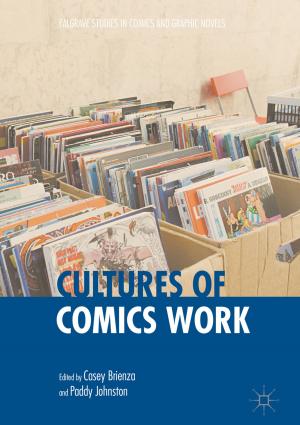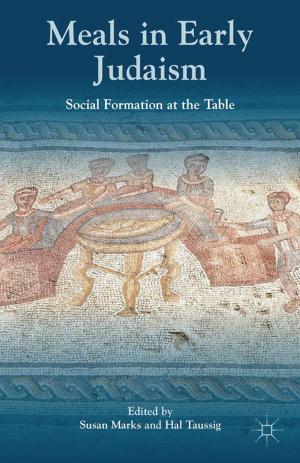Geography Meets Gendlin
An Exploration of Disciplinary Potential through Artistic Practice
Nonfiction, Social & Cultural Studies, Social Science, Human Geography, Sociology, Science & Nature, Science| Author: | Janet Banfield | ISBN: | 9781137604408 |
| Publisher: | Palgrave Macmillan US | Publication: | September 29, 2016 |
| Imprint: | Palgrave Pivot | Language: | English |
| Author: | Janet Banfield |
| ISBN: | 9781137604408 |
| Publisher: | Palgrave Macmillan US |
| Publication: | September 29, 2016 |
| Imprint: | Palgrave Pivot |
| Language: | English |
This book makes a timely and engaging contribution to geography’s resurgent interest in art and artistic practice, as well as to growing geographical concerns with embodied or pre-reflective experience. It introduces Eugene Gendlin’s philosophical and methodological work to stimulate geographical thinking and practice, and explores its disciplinary potential through innovative practice-based research into artistic spatial experience. Gendlin’s philosophy and techniques for articulating the pre-reflective are explained and illustrated using artists’ accounts of their practices, both retrospectively and during their practice. The geographical implementation of research methods informed by those techniques is detailed and critiqued. Diverse and potentially contradictory findings, and potentially problematic methodological choices, are discussed, accounted for, and reframed through Gendlin’s ideas. Significant geographical potential within Gendlin’s work—philosophical, conceptual and methodological—is identified and described, and avenues and challenges for further investigation are highlighted. This first step towards a Gendlin-informed geography invites further engagement with his work.
This book makes a timely and engaging contribution to geography’s resurgent interest in art and artistic practice, as well as to growing geographical concerns with embodied or pre-reflective experience. It introduces Eugene Gendlin’s philosophical and methodological work to stimulate geographical thinking and practice, and explores its disciplinary potential through innovative practice-based research into artistic spatial experience. Gendlin’s philosophy and techniques for articulating the pre-reflective are explained and illustrated using artists’ accounts of their practices, both retrospectively and during their practice. The geographical implementation of research methods informed by those techniques is detailed and critiqued. Diverse and potentially contradictory findings, and potentially problematic methodological choices, are discussed, accounted for, and reframed through Gendlin’s ideas. Significant geographical potential within Gendlin’s work—philosophical, conceptual and methodological—is identified and described, and avenues and challenges for further investigation are highlighted. This first step towards a Gendlin-informed geography invites further engagement with his work.

